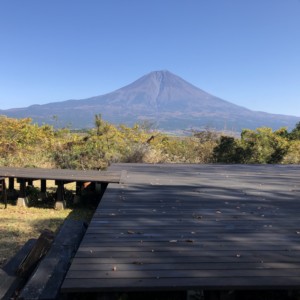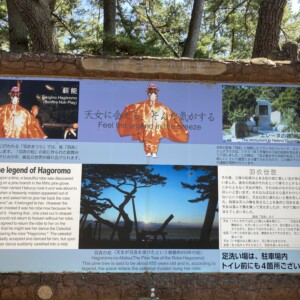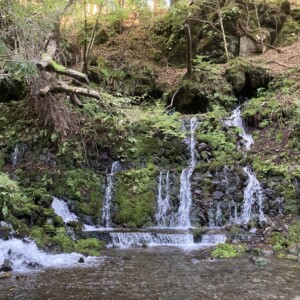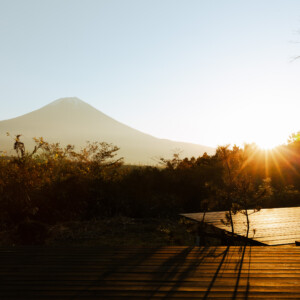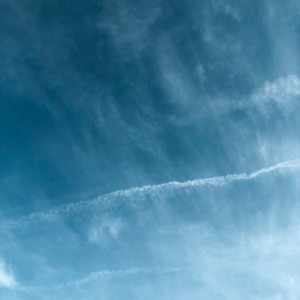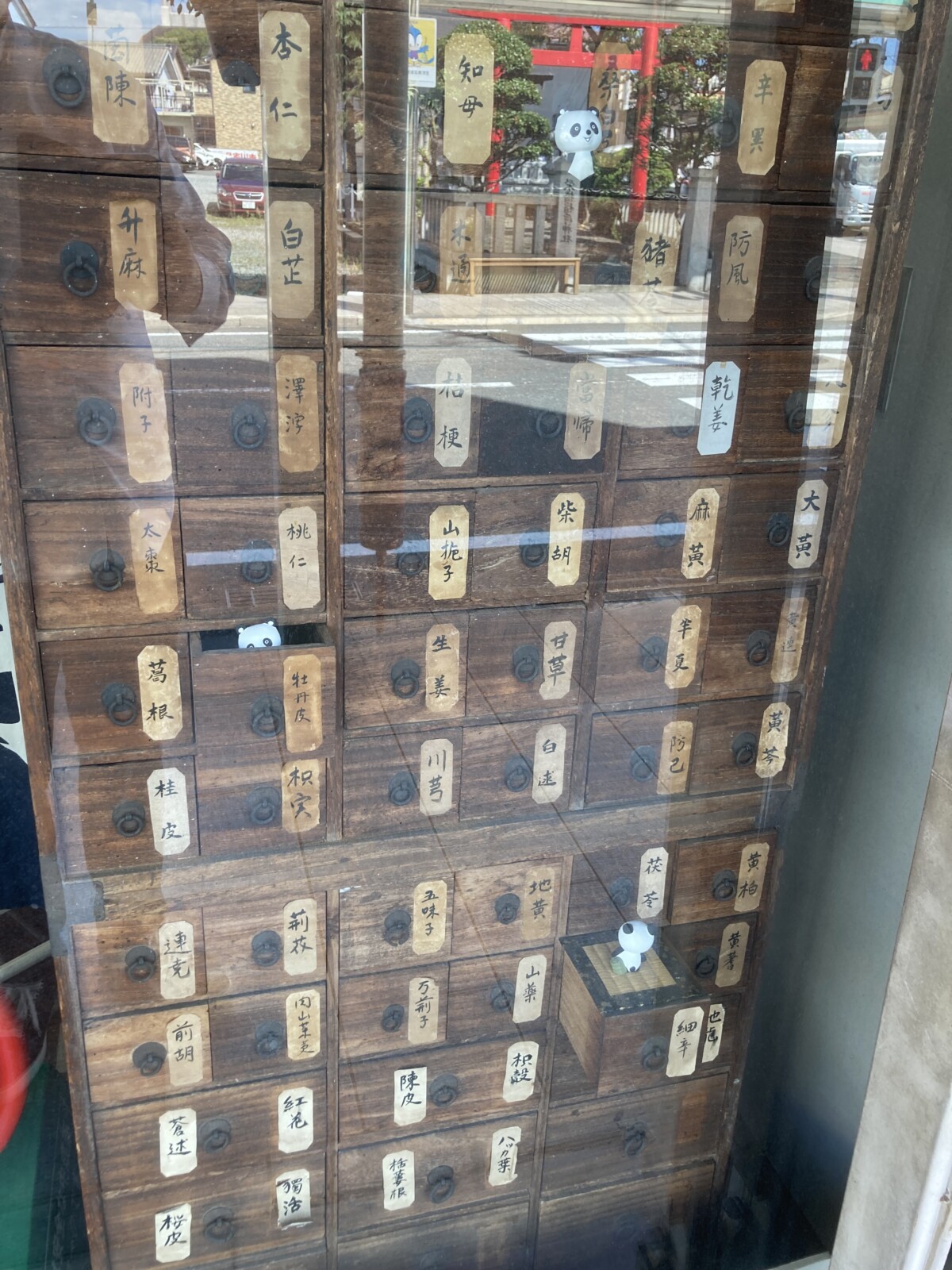
Did it exist or not? The story of Xu Fu and Mt. Fuji
It is believed that in the 3rd century BC, a large number of people from China traveled to Japan, creating a major turning point from the Jomon period to the Yayoi period. It is Xu Fu, who is said to have traveled from Qin to Japan.
Xu Fu tells Qin Shi Huang that there is Mt. Penglai, Hojo, and Mt. Qin Shi Huang then gave Xu Fu many treasures, used 3,000 servants, and ordered him to find the medicine. Then Xu Fu sets out to the east. It is said that Japan is the place we arrived at.
It is said that Xu Fu arrived in Japan long before the birth of historical facts, so some people may think that it is an eye-opener. However, this Xu Fu has become a variety of legends throughout Japan and still shows its existence.
In the Kyushu region, where Xu Fu is said to have arrived and first landed, many episodes of Xu Fu remain in Saga Prefecture. First of all, the place names of Bubai, Terai, and Senfu in Saga City are said to be derived from the legend of Xu Fu, and have been handed down to the locals since ancient times.
In addition, the legend of a tragic love between Xu Fu and his local daughter, Tatsu, remains in the local area, and it is said that it is so famous that no one knows it locally. Furthermore, according to the monument handed down in Saga City, Xu Fu is said to have climbed Mt. increase. The leaf called Flovki, which Xu Fu said is an immortal medicine, still grows naturally here. There is also an old 2200-year-old juniper tree in Saga, which is said to have been brought by Xu Fu. In this way, the legend of Xu Fu has been handed down in various forms in Saga City, fused with the local community, and lively handed down through oral traditions and events.
In addition, Shingu City in Wakayama Prefecture and Kumano City in Mie Prefecture, which are considered to be the most influential sites of Xu Fu’s folklore, are also inseparable when talking about Xu Fu. It is said that Horai, to which Xu Fu headed, may refer to the area around here. Near JR Shingu Station, there is what is said to be the tomb of Xu Fu. This tombstone is engraved with “Hata Xu Fuyuki Tomb”. Next to the tombstone, there is also the “Nanazuka Monument”, which enshrines the seven senior vassals who served Xu Fu. At the foot of the nearby mountain named Horaiyama, the shrine of Xu Fuku is enshrined, and from the precincts of Asuka Shrine, pit-type dwelling toes and earthenware from the Yayoi period were excavated after the war. Etc. have been excavated.
Even in Kumano City, the place names of Hadasucho, Yaga, and Kamasho have been handed down to the region as being named by Xu Fu. It is said that Xu Fu taught the land various knowledge about sericulture, richness, and medicine, but this pothouse is said to be the place where Xu Fu started iron making.
Furthermore, as in Shingu City, the tomb of Xu Fu and the shrine of Xu Fu are enshrined on Mt. Penglai in Yaga. In this shrine of Xu Fu, the mortar of Sue pottery made by the foreign technique that was given by Xu Fu as a sacred treasure is transmitted and it is a god. In addition, fragments of pottery and the Qin dynasty currency “Large Ban Liang” have been excavated from the mountain, and it is said that they are related to the legend.
It seems that there is a strong opinion that Xu Fu landed in Japan and aimed at Mt. Fuji from the south based on the legends of each place. When Xu Fu hears that the fruit of a cowberry growing on Mt. Fuji is a medicine, he climbs Mt. Fuji and tries to pick up the fruit and return to Japan, but at that time, the news that Qin Shi Huang died arrives. After annoyed, Xu Fu and his servants decide to stay in Japan without returning to Qin. There is also a story in the area at the foot of Mt. Fuji that Xu Fu transforms into a crane before he dies and becomes like a guardian deity of the village.
It is said that Xu Fu was impressed by the history of the Fuji dynasty and rewrote the “Miyashita Document”, which describes the history of ancient Japan. Most recently, a wooden letter of a tactile letter ordered by Qin Shi Huang to find the eastern spirit medicine has been excavated from China. It seems that the key to the mystery of history will soon be opened. I would like to keep an eye on the transition of things with full of expectations.
Of course, there are legends of Xu Fu all over the country, from Hokkaido in the north to Kagoshima in the south, and the truth is unknown, but Mt. Fuji, which still attracts many people, still exists even in the era of Xu Fu for a long time. It’s very romantic when you think that you showed a feeling and headed for that steep mountain peak.
It may be inevitable that we have some kind of divine appearance and awe in Mt. Fuji.


